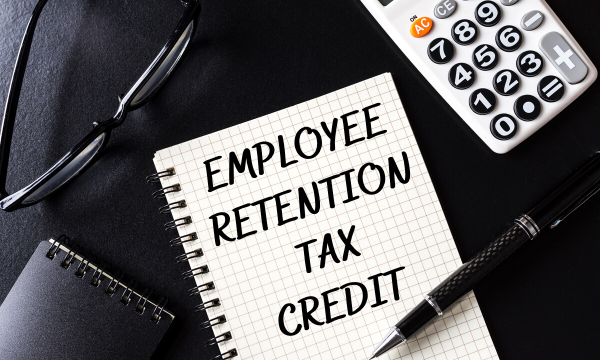The Employee Retention Tax Credit (ERC or ERTC) is a refundable tax credit for qualifying employee wages paid during a period when the business experienced a significant decline in gross receipts.
The ERTC is available for wage payments made between March 12, 2020 and December 31, 2020 or for wages paid between January 1, 2021 and June 30, 2021. The qualification dates are subject to change, which means that you must verify your eligibility at all times.
Eligibility
The Employee Retention Tax Credit is a refundable tax credit for eligible employers. It is based on payroll taxes instead of income taxes.
To be eligible for the credit, your business must have experienced a full or partial shutdown due to a government order during 2020 or 2021 (the date you file the return is not the eligibility date), or a significant decline in gross receipts during a calendar quarter.
Many business owners assume that they are not eligible for the ERC if they did not fully shut down, but this is not true. Businesses may be eligible if they had a partial shutdown, reduced their hours to facilitate sanitation, or restricted group meetings and services.
Calculation
The Employee Retention Tax Credit is a relief aid launched by the government to help small businesses that suffered due to the COVID-19 pandemic. It allows employers to receive a 70% credit for up to $10,000 of their employees’ qualifying wages per quarter.
To claim the credit, employers must show that their gross receipts were significantly lower during a specific period compared to the previous period. For March 13, 2020 through December 31, 2021, the significant decline is less than 50% of the gross receipts from that same period in 2019.
The credit calculation requires you to calculate your employee’s wages and group health plan expenses. It is best to consult with a tax professional so that you can receive the full credit for your company.
Taxes
The Employee Retention Tax Credit reduces payroll taxes and qualified wages paid to employees. However, this tax relief is subject to restrictions similar to section 280C of the Internal Revenue Code.
To qualify for the ERC, a business must experience a significant decline in gross receipts (revenue) between 2019 and 2020 or 2021. The reduced gross receipts test for the ERC is less than 50% of gross receipts for each quarter, with a maximum of $10,000 in qualifying wages per employee for each quarter.
In addition to the reduced gross receipts test, businesses must also meet other criteria. For example, they must have experienced the same or a larger decline in payroll and taxes as other businesses.
The ERC is beneficial to many small and midsize enterprises, but it can be difficult to determine eligibility and claim the credit. Recent guidance has made the credit more accessible for more firms. It can provide a valuable source of cash for your company and help you with COVID-19-related expenses.
Refunds
The Employee Retention Tax Credit is a refundable payroll tax credit that can provide a significant break for businesses. Eligible employers can receive up to $26,000 per employee for both 2020 and 2021, depending on wages paid, health care costs, and other business expenses.
The credit is calculated as 50% of the qualified wages that an employer pays to its employees. Qualifying wages can be up to $10,000 per quarter.
For example, if an employer has 10 eligible employees and pays each of them $10,000 in qualifying wages during a quarter, the company is entitled to a refund of $50,000 ($10,000 x 10 employees x 50%).
The ERTC program was created to encourage businesses to keep their employees on their payrolls during periods of economic hardship. The credit has been expanded twice in recent years so more struggling companies can benefit.
